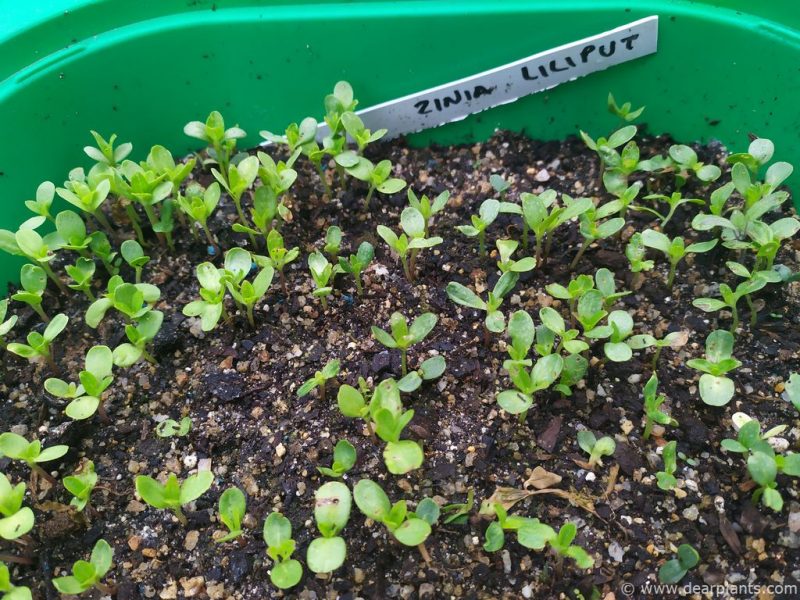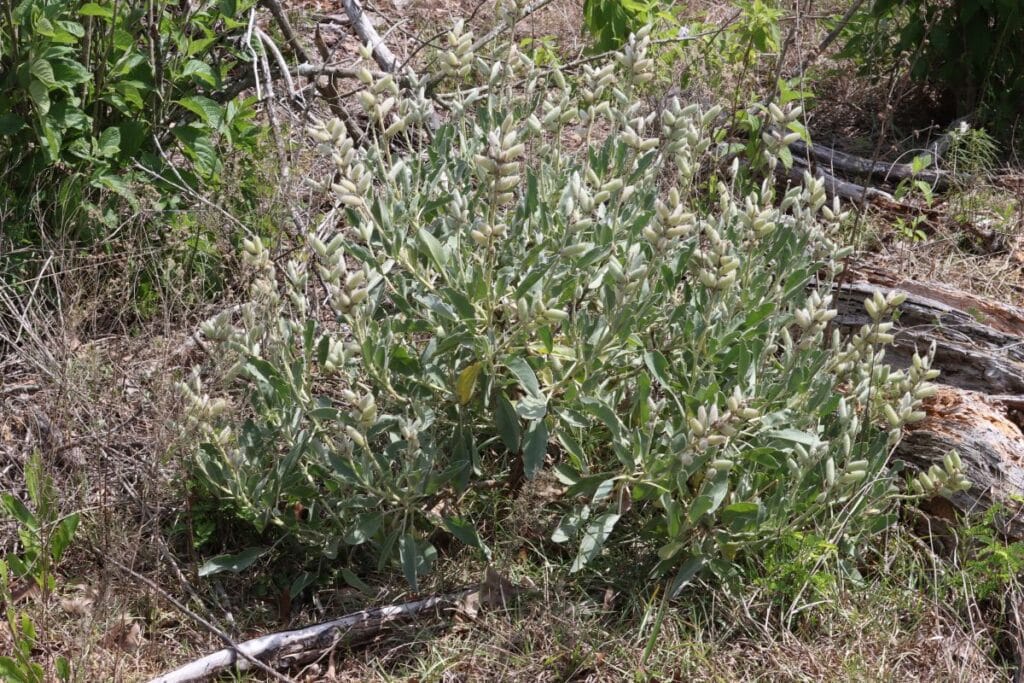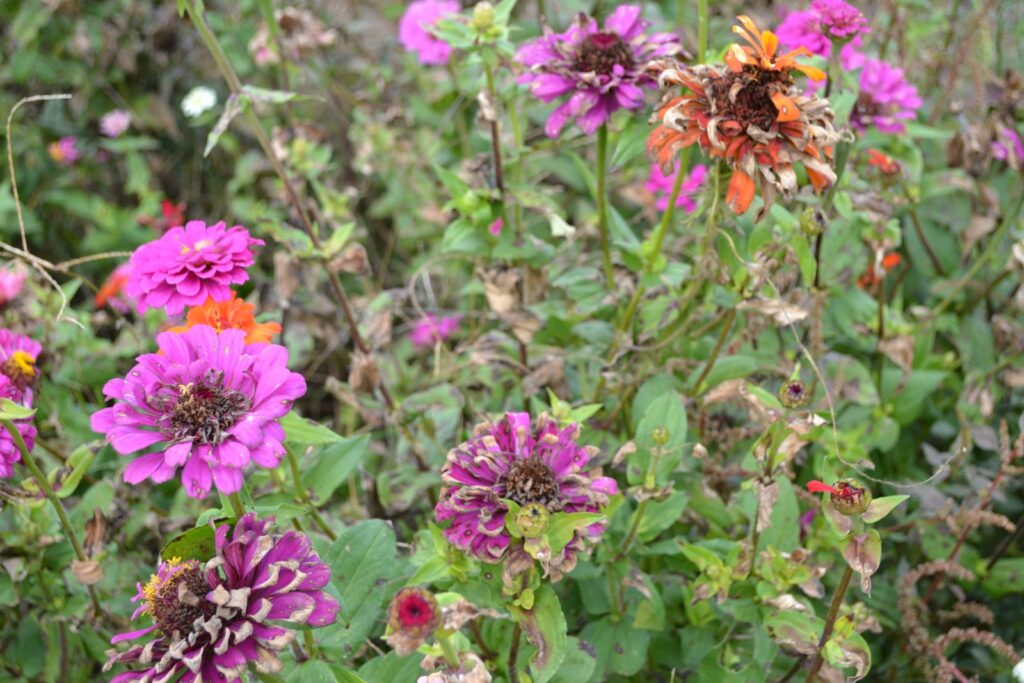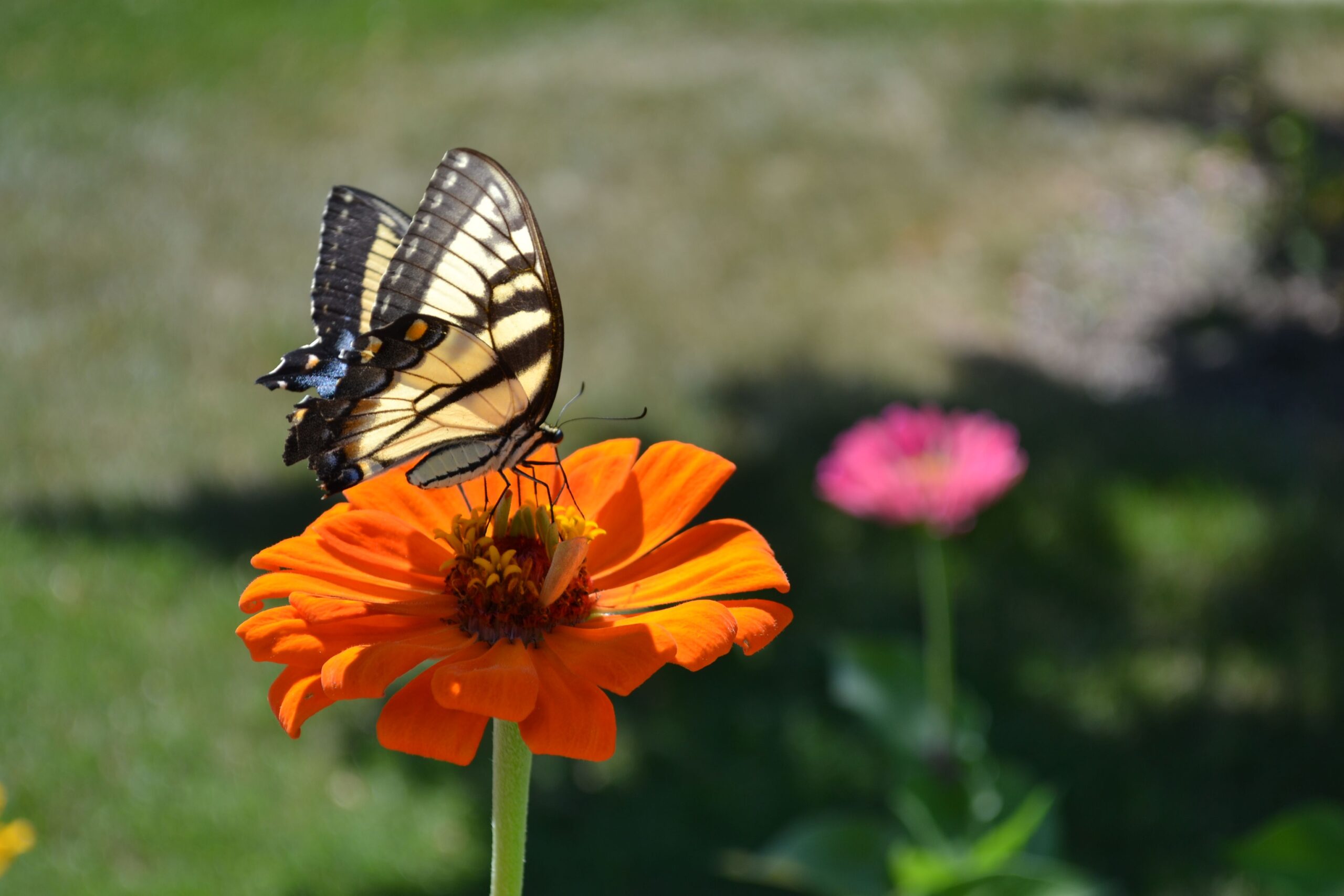Cultivating Zinnias
Zinnias are sun-loving plants. For the most abundant blooms, they should be planted in a spot that receives at least six hours of direct sunlight a day. They prefer well-drained soil and are relatively drought-tolerant, making them a suitable choice for regions with dry summers. Zinnias can be started from seeds directly sown into the ground after the last frost of spring, or they can be bought as young plants. They’re rapid growers and usually start blooming six to eight weeks after germination.


10 Florida-Native Sandhill Lupine Seeds (Lupinus cumulicola) for U.S. Southeast
Sandhill Lupine, also scientifically known as Lupinus cumulicola, gathered on the Lake Wales Ridge, an ancient sand ridge in central Florida, this fantastic plant has unique traits that not only bring a unique aesthetic appeal but also play an essential role as a butterfly larval host plant. It is native to the southeastern United States, specifically in states like Florida, Georgia, South Carolina, and Alabama.
One of the reasons Zinnias are favored by gardeners is their bloom time – they flower from early summer right up until frost. Deadheading, or removing spent flowers, will encourage more blooms, but leaving the heads will create seeds to keep the population going, feed birds, or to share.

Creating a Butterfly Haven
In addition to being a nectar source, Zinnias can serve as a food plant for the caterpillars of several moth species. Planting them alongside other butterfly-friendly plants, such as Milkweed, Butterfly Bush, and Coneflowers, will create a diverse, butterfly-attracting garden.
In Conclusion
Zinnias, with their riotous colors and easy-care growing habits, are the show-stoppers of a butterfly garden. They bridge the gap between aesthetic human gardening needs and the ecological needs of our fluttering friends. So, go ahead, plant Zinnias in your garden. As you watch the butterflies flit from flower to flower, you’ll know you’ve made a valuable contribution to supporting local biodiversity, all while creating a spectacle of beauty in your backyard… one day at a time!
